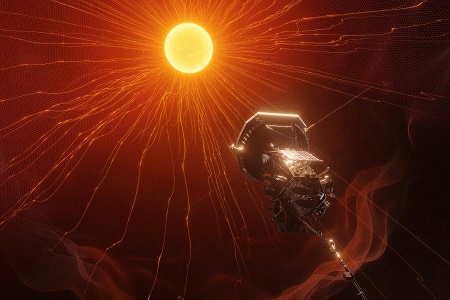 |
|
Astrophysical and Planetary Sciences Colloquium
Monday, October 31, 2022 at 12:15-1:15PM JILA Auditorium Nour Raouafi, Johns Hopkins Applied Physics Laboratory "Environment Near the Sun in the Era of Parker Solar Probe, Solar Orbiter, and DKIST: Advances, Challenges, and Prospects"  Abstract:Human curiosity and interest in the near-Sun environment date back millennia, as shown by numerous historical records. The confluence of these motives results from our existence and life depending upon the Sun. Life on Earth (and maybe elsewhere in the solar system and on other habitable stellar worlds) might never have kicked off if not for solar magnetic activity in conjunction with the Sun’s light and heat. Whatever happens in the solar atmosphere can affect us in many ways and sometimes adversely. Over the past few decades, we made significant strides in understanding the near-Sun environment and how it affects our planetary system. We owe these insights to targeted space missions, ground observations, and significant improvements in numerical modeling. Cutting-edge technology allows exploring this complex system in ways thought nearly impossible not long ago. Parker Solar Probe is now venturing closer to the Sun than ever — 8.5 million kilometers [0.057 AU] from the Sun’s surface by July 2022 — providing unparalleled insights into phenomena known for decades but still not understood, such as the heating and acceleration of the young and pristine solar wind. Solar Orbiter will image the solar poles from latitudes higher than 30 degrees, which may hold the secrets of the solar dynamo, among other things. The Daniel K. Inouye Solar Telescope (DKIST) will enable high-resolution observations of features on the Sun as small as 20 km, shedding light on the inner workings of solar magnetism. With these opportunities, we might be living in one of the golden ages of heliophysics. There are, however, challenges still to be addressed. Solar magnetic field generation, the solar cycle, and the trigger(s), effects, and forecasting of solar activity are examples of what needs to be explored to understand how the Sun works and how it shapes its – and our – environment. The talk will overview the advances made through the fascinating observations from the recent space-borne missions, ground-based observatories, and novel ways of observing the Sun and its environment, which remain a pressing scientific imperative.
|